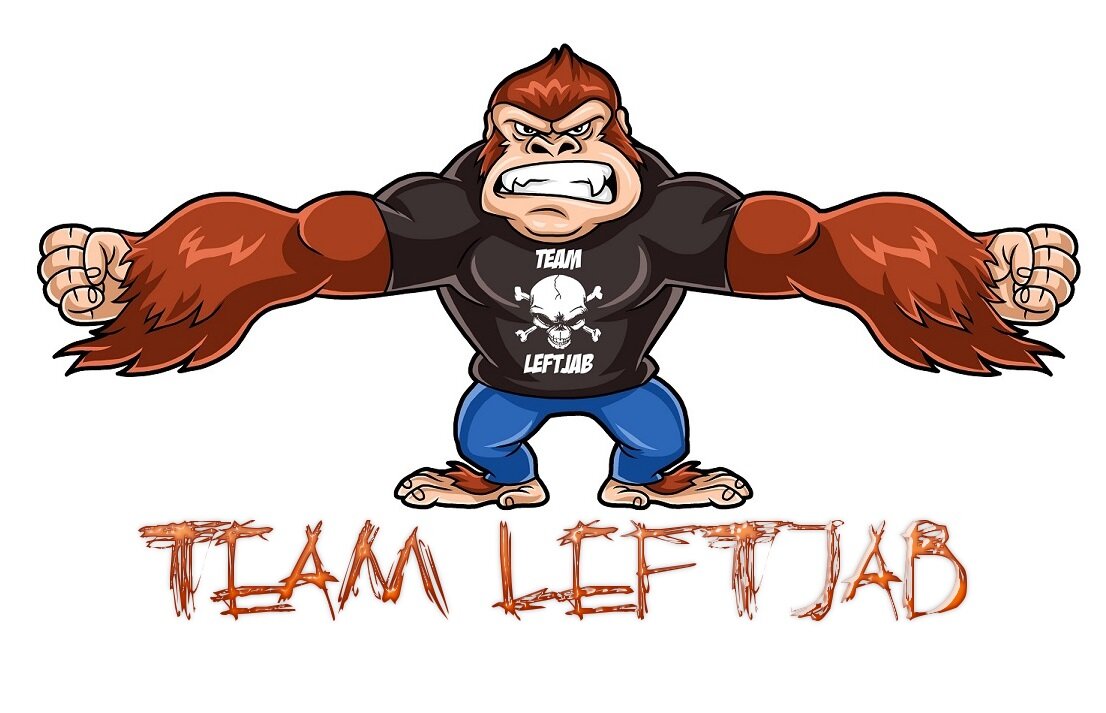On Wednesday, WWE dropped the most devastating possible news to the ever-shrinking pool of folks who make their programming appointment viewing: a new hour of original wrestling programming is coming to the WWE Network.
For the completionist fan (which most members of niche audiences are by nature), this means there are now seven hours of major WWE TV to keep up with each week. If you multiply that by four and throw in a couple of pay per views, that means at least a 30-hour monthly commitment is necessary to be a hardcore WWE fan.
That’s simply too much.
For those who work full forty-plus hour weeks, WWE has created a second, unpaid job of trying to keep up with their favorite television characters. While the roster split allows fans to pick their favorite “team,” the fact remains that the best and most marketable wrestlers have intentionally been split up to make it hard to skip either show completely.
WWE’s favorite word is “entertainment,” but by asking fans to make such an incredible time commitment, the company is making itself decidedly less entertaining. Entertainment is supposed to allow people to lose themselves in something so as to forget about the stresses of daily life. Having a commitment that demands more than one-thirtieth of each month is not entertainment at all; it’s a responsibility. WWE knows fans feel dumb or disappointed when they hear about the latest shocker on social media rather than seeing it live, and they use that anxiety to keep fans watching a product that is largely stilted and unsatisfying.
On the other hand, for the audience that WWE most aggressively markets toward – families – the programming expansion is also a destructive force. No good parent wants their child watching thirty hours of any television show a month – heck, most good parents don’t want their children watching professional wrestling to begin with. When Raw was two hours on Monday and SmackDown two hours on Thursday (or Friday), parents could indulge their children’s love of wrestling while also knowing there were five other nights of the week for studying, sports and non-screen-oriented fun.
Now, WWE, like the drug pusher from an after-school special, has ramped up the programming that kids “need” to watch. Suppose a child loves Bayley, Shinsuke Nakamura, TJ Perkins and Dean Ambrose. To get their fix, they now need to watch four different shows. It’s easy to say that parents should limit their kids’ TV time and teach them to prioritize, but WWE is actively making their job harder, which will lead to hostility toward the brand and, eventually, unwillingness to support the company financially.
To make matters worse, the new 205 Live show is built around a Cruiserweight Division that has failed on every conceivable level (promo quality, match quality, attracting new fans, servicing existing fans better) since it spun out from the critically-acclaimed Cruiserweight Classic.
During his quarterly conference call last week, Vince McMahon repeated the mantra that “content is king.” If someone wants to teach him a new cliché, maybe they should start with “quality over quantity.”
David Gibb
Latest posts by David Gibb (see all)
- #NXTMVP: Drew McIntyre (Week of 4/9/17) - April 15, 2017
- #NXTMVP: Oney Lorcan (Week of 4/2/2017) - April 6, 2017
- #NXTMVP: Heavy Machinery (Week of 3/26/2017) - March 30, 2017














